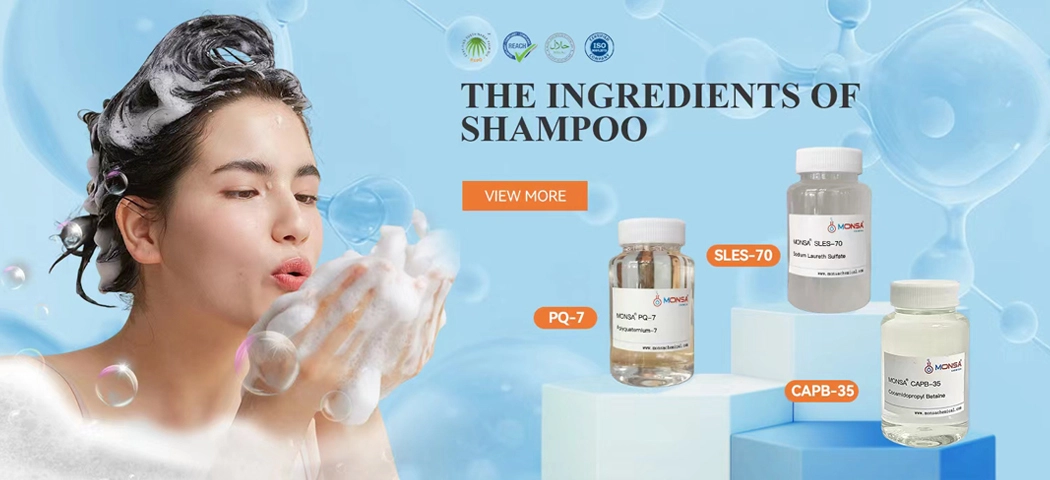In modern life, the cleansing effect of surfactants has become an indispensable basic characteristic, especially in the field of dry cleaning, where it demonstrates its greatest practical use. This article will delve into the important role of surfactants in the washing process, focusing specifically on the application of dry cleaning methods.
High detergency surfactants for removing dirt: the magic of dry cleaning
Dry cleaning, as a method of washing in organic solvents, fully utilizes the solvent's solubilizing power and the surfactant's solubilizing capacity to achieve the efficient removal of dirt from fabric surfaces. This washing method is not only widely used in daily household life, but also has been increasingly applied in various industries and industrial production.
The dirt on fabric can be roughly divided into three types: oil-soluble, water-soluble, and insoluble in oil and water. For oil-soluble dirt, organic solvents are the solution. The organic solvents used for washing mainly consist of light petroleum hydrocarbons, such as straight-chain alkanes. These solvents can quickly and effectively remove oil-soluble dirt, leaving clothes clean and spotless.
However, for water-soluble or strongly hydrophilic dirt, the situation is more complex. In this case, in addition to organic solvents, a small amount of water and the synergistic action of surfactants are also needed. The addition of surfactants not only prevents the redeposition of solid dirt in the solvent, but also forms a solvent film adsorbed on the solid surface, hindering the accumulation or redeposition of dirt on the fabric surface. This complex and ingenious mechanism ensures the effective dispersion and removal of water-soluble dirt during the washing process.
Choosing the ideal dry cleaning high detergency surfactants for removing dirt
To achieve efficient cleaning in dry cleaning, selecting suitable high detergency surfactants for removing dirt is crucial. Dry cleaning surfactants should have several important characteristics: first, they must be able to dissolve in the washing solvent and form reverse micelles, possessing sufficient capacity to dissolve water. Secondly, they need to have good ability to disperse solid dirt, maintaining good suspension stability for dirt in the organic solvent. At the same time, the residual adsorption on the laundry and filter should be minimal to ensure the quality of the clothes after washing. Finally, being odorless, non-toxic to the laundry, and non-corrosive to metals are also ideal characteristics.
Anionic and nonionic surfactants
The surfactants commonly used in dry cleaning include anionic and nonionic types. Anionic surfactants such as petroleum sulfonates, sodium alkylbenzene sulfonate, and sodium alkyl succinate sulfonate dissolve easily in organic media and have the ability to form reverse micelles. Nonionic surfactants, such as polyoxyethylene alkyl ether, polyoxyethylene alkyl phenol, and polyoxyethylene alkyl amide, also exhibit good solubility and dispersing ability. These classic choices provide reliable cleaning tools for dry cleaning.
Overall, the application of surfactants in the field of dry cleaning is a complex and sophisticated technology. By selecting and using surfactants reasonably, efficient and clean washing can be ensured, while protecting fabric texture and color. In today's pursuit of quality life, high detergency surfactants for removing dirt play an increasingly prominent role in dry cleaning, providing reliable cleaning solutions for people's daily lives and various industries.









